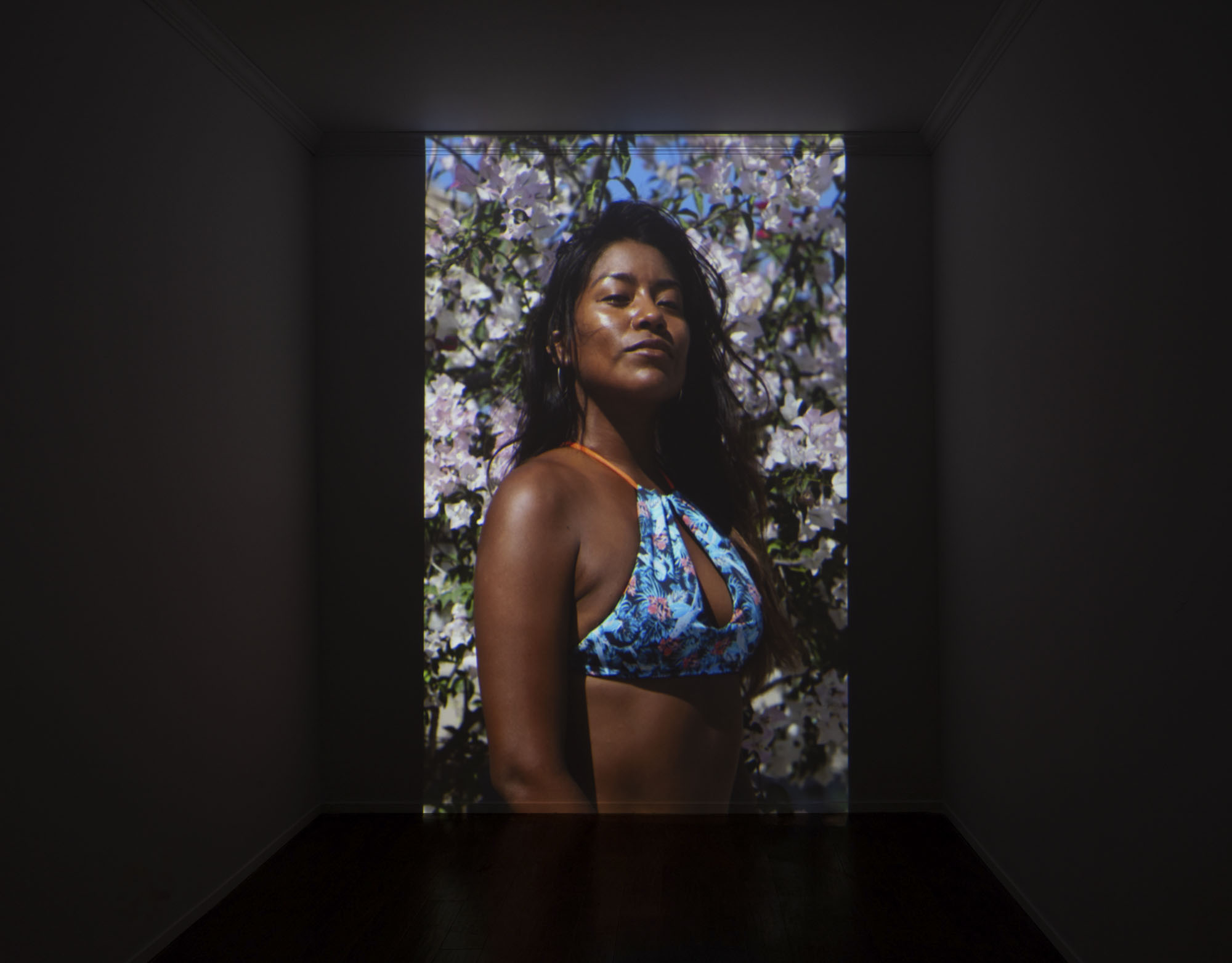RAMIRO CHAVES & ULRIK LÓPEZ, GALERÍA AGUSTINA FERREYRA AT KURIMANZUTTO
On exhibition March 9 - May 29, 2021
Images courtesy of the artists and Galería Agustina Ferreyra
Siembra (Sowing) is an exhibition series that began in February 2020 by kurimanzutto in México City. The show opens the gallery as a space of possibilities where several artists, projects and collectives converge around the changing landscape of our global circumstances.
For the third iteration of the exhibitions series, Puerto Rico based Galería Agustina Ferreyra is presenting the work of Ramiro Chaves (Argentina, 1979) and Ulrik López (Mexico, 1989). Both artists developed new bodies of work that operate as personal landscapes, intersecting with each other as ways of being with oneself, and other creatures, things and spaces, both physical and symbolic.

ULRIK LÓPEZ, LAS MONTAÑAS LLORAN CADA 15 AÑOS, ASÍ ES QUE NACEN SUS RÍOS, 2021, ADOBE BAS RELIEF.
The work of Ulrik López (Mexico, 1989) employs systems and motifs used by certain fields that study human activity through material and cultural production, such as archaeology and anthropology, in order to investigate and address notions related to world-views, ritual, myth, craftsmanship, and the objects and characters that inhabit them. This body of work formally addresses the artist’s ongoing interest and research on mountains as living subjects, with a special emphasis on the concept of the artificial, archetypal* mountain; altars, bases, etc. that symbolize the mountain without necessarily being on it, or on top of it, but rather in it, in a progression from the external towards the internal. Along these lines, some of the works in the exhibition such as Las montañas lloran cada 15 años, así es que nacen sus ríos (Mountains cry every 15 years, that is how their rivers are born) even operate as self-portraits, the artist’s firsts. Lastly, López makes a formal return to an early concern within his practice addressing the intersection between drawing and sculpture from the material, and understanding his relation to adobe as a bond that needs attention and care in order to fortify and linger.
On the other hand, the work of Ramiro Chaves (Argentina, 1979) subverts disciplinary barriers through the creation of images and objects using photography, drawing, painting, sculpture and visual poetry. His projects take place at the intersection between studio work, educational practice and documentation. This new body of work, titled NARDAR A SO is a documentation of different ways of being in and with architectural spaces, animals, creative environments, ritual spaces and others; in an attempt to reveal a circular area without a centre; navigating the margin, at the peripheral contour of experience. In the words of the artist: It is a house made of other houses. NARDAR can be. An imaginary verb. An optical and an acoustical potency, simultaneously. An animal voice. Gazing as narrating. Barking. Wanting to swim and not doing a thing. A- dressing another one. Switching spaces in reflective maps. An ascending direction. A sort of care. -SO- maybe knows what I don’t. It is a light, a girlfriend, a support, some color, mourning and a pretext.
* See Hersh R. Thomas. The Mountain Archetype: A Psychological Approach. Chapter 10. The Artificial Mountain. ATH.LLC. March, 2016. 694 pages.














